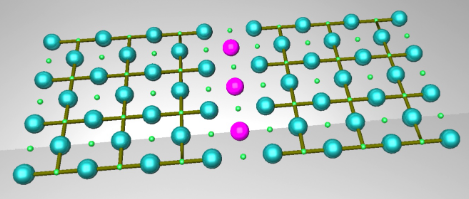In the paper Surface code quantum computing by lattice surgery, for rough merging, they state that measuring the $X$ stabilisers at the boundary is equivalent to $X_{L}X_{L}$.
What I don't understand is what the new $X$ stabiliser measurements spanning the old boundary are meant to be. and how they're product gives these logical operators.
Do they mean that, using the 3 pink data qubits, they construct 3 new $X$ stabilizer measurements, and then the product of those 3 stabilizers would be equivalent to 2 logical $X$ operators running parallel to the old boundary? If this is the case, then why would the rounds of error correction we do on both the 3 qubits and 2 surfaces allow us to somehow arrive at this
If they are taking the existing $X$ stabilisers, then I don't see how the product of them even givens you the product of the 2 logical $X$ operators of each surface, given they act on different qubits, unless the idea is that the data qubits in the boundaries of the lattice disappear.


